THE NOVIQU BLOG
Going from Paper to Digital: The Noviqu Story
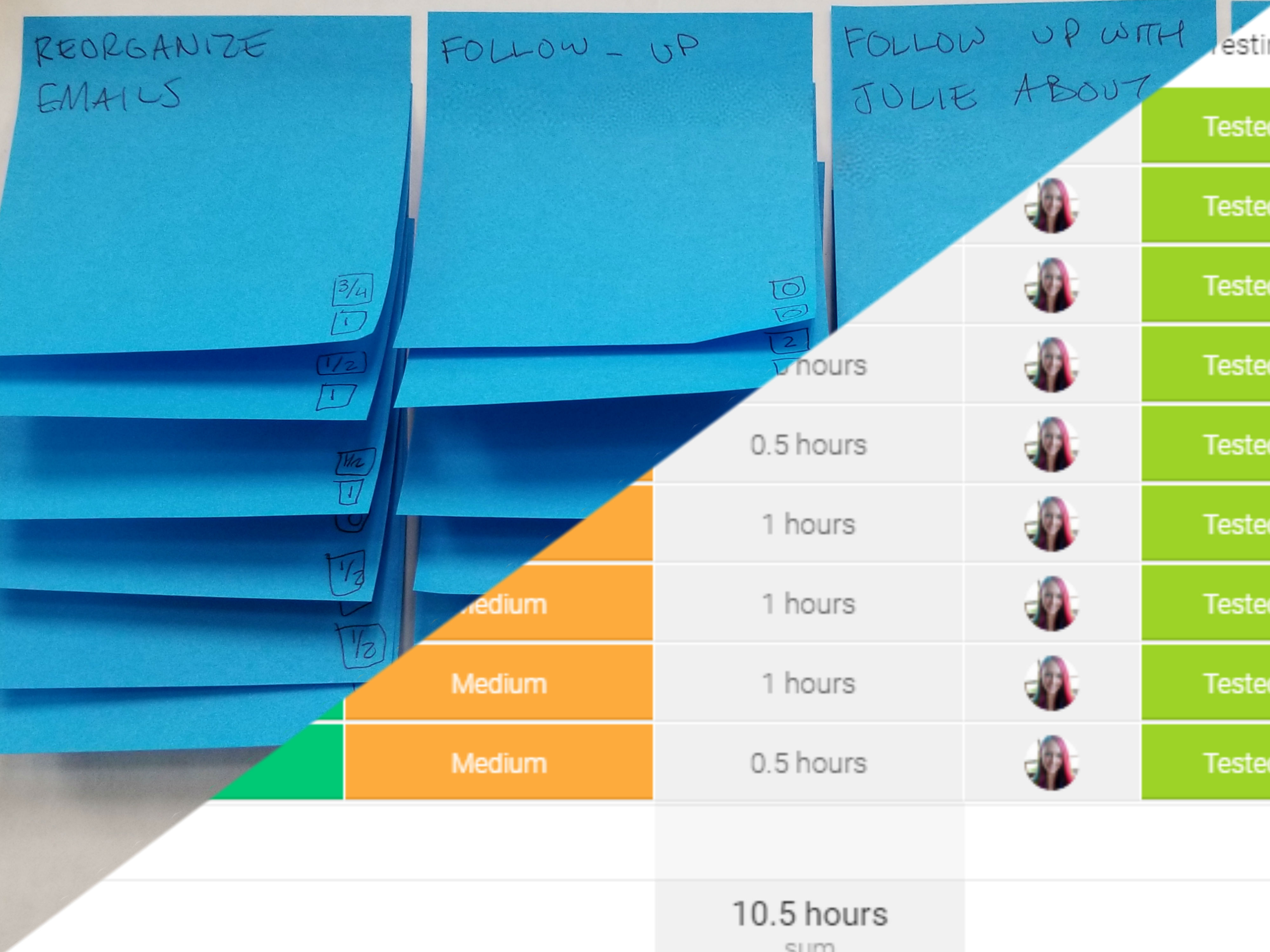
When we first set out to conquer the world and start Noviqu, one of the fundamental problems we were trying to solve was the amount of paper still floating around in manufacturing facilities. We decided to create a system to take those paper-based processes and turn them digital as there are so many benefits to digital vs. paper (see how it relates to checklists here). However, we ourselves were still utilizing a heavily paper-based process for our development.
We are an agile development team, which in essence means that we try to build functionality into our software quickly and efficiently as well as get feedback from our customers as fast possible. We write all needs for the software in simple user-story format: “As a _____, I need to _____, in order to _____.” For example, “As a Safety Manager, I need to view all safety incident reports, in order to assess the current safety needs of my facility.”
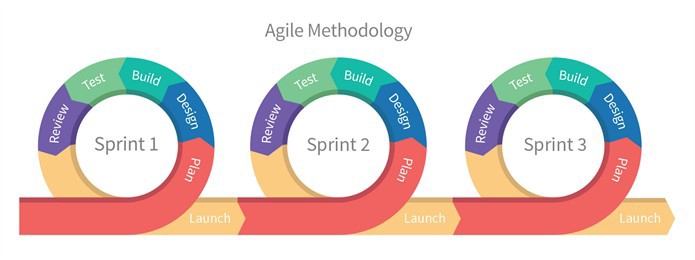
We spend two weeks developing these features, and at the end of each cycle – commonly referred to as a sprint – we show that functionality to our customers. We get their initial feedback, including likes and dislikes, and determine what we can do to make it better, as well as collect their current needs. What are the issues most pressing to them at this exact moment?
We take this information back to the team, discuss it, and spend the afternoon planning out what the next two weeks (sprint) will look like. What are we going to build? What is the most important thing our customers need now? Once the plan is in place, we set out to spend two weeks building functionality, gathering information, and the whole cycle repeats itself.
The paper-based model
When we started developing in the agile methodology, we had two tri-fold cardboard display boards that we set up as our sprint boards. My beautiful all-caps handwriting was what we had to go on for our day-to-day development, and we denoted who was doing what by different colored paperclips. The post-its would start out clean, organized and flat, and by the end of the sprint they were curled and in semi-disarray.
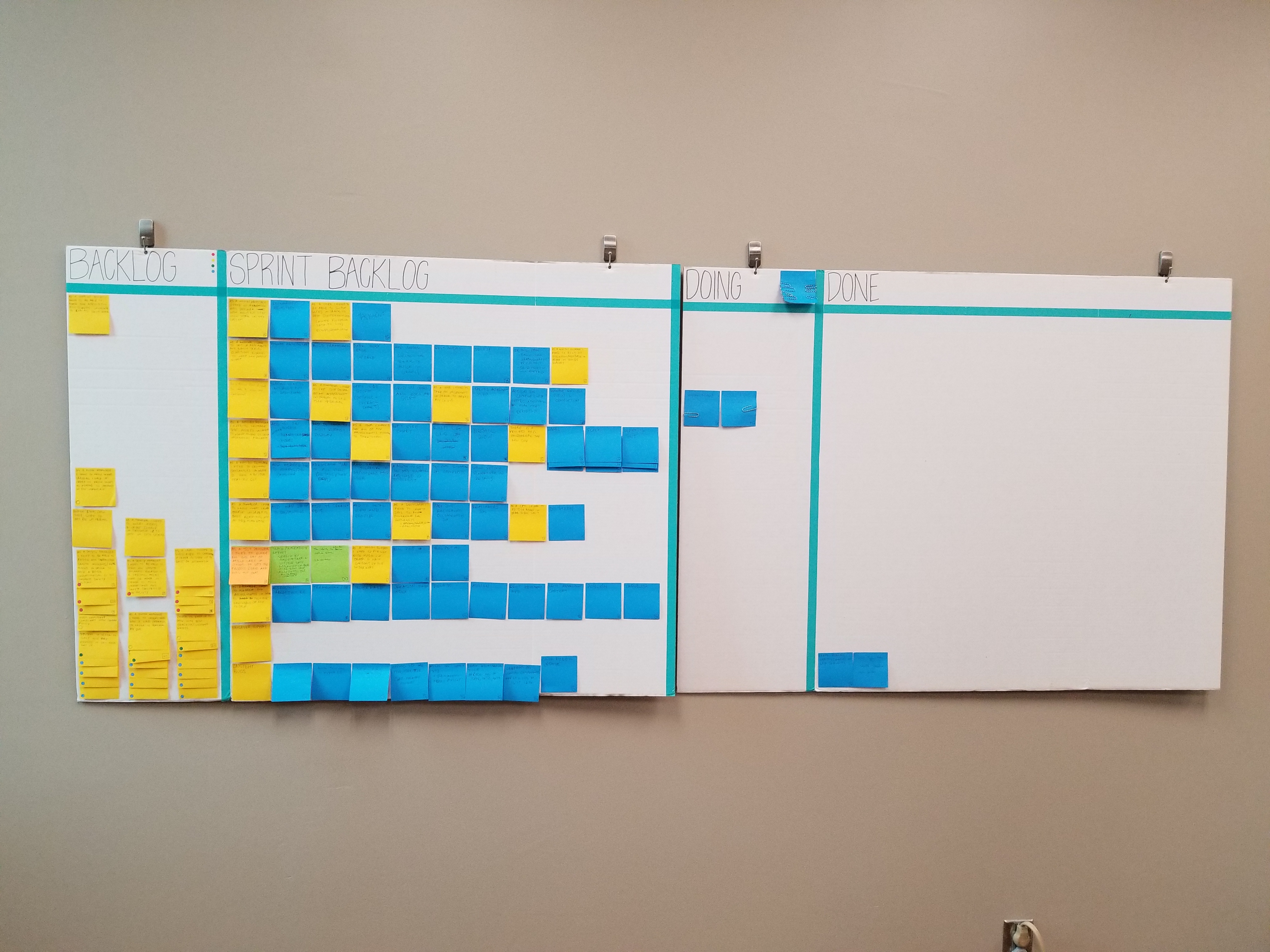
The process itself was solid but having a paper-based system of record definitely limited us and provided some interesting problems that we had to solve along the way.
Limited Visibility
By utilizing a static, paper-based model for storing our sprints we found that there was limited visibility with the whole team. When a team-member spent a week off-site, it was nearly impossible to keep up with the rest of the team and the board. That meant lots of photos of the boards sent back and forth, and someone having to “update” the board each morning during standups.
Task Clarification was minimal
With sticky notes, there’s only so much you can document and write about each task. If there were in-depth notes, customer interviews, or provided extra materials to go along with a task, all of that information had to be written down and explained so that whoever was working on that section could go search for all of the information. All this did was shorten the time spent on actually coding the feature and lengthened the time searching for the necessary information.
Bulky, cumbersome and awkward
Carrying around two presentation sized boards was weird – and trust me, we took them everywhere. Iowa, Jefferson City, the office, home. (Our two year old even got in on the action.) You name it, those boards made an appearance at some point. As a startup, and one going through an accelerator at the time, it was important that our information was with us wherever we went and we made sure that happened. And it was weird.
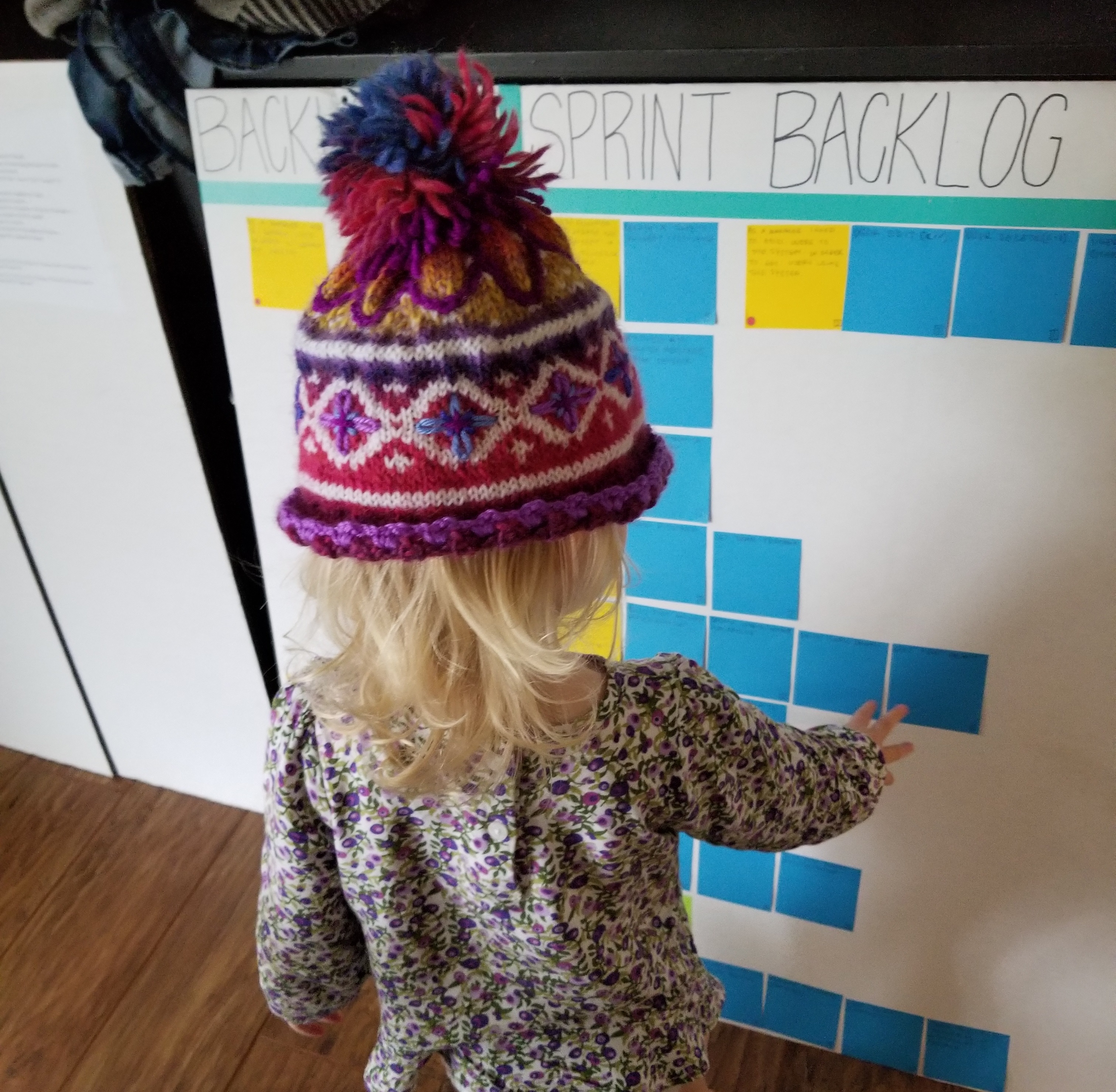
Making the switch to digital
We knew that what we were doing wasn’t sustainable long term, so we set out to find a new system of record for our sprints. There are tons of great options out there such as Asana, Trello and Microsoft TFS, but we ended up choosing Monday.com. Monday is an extremely simple, yet customizable platform – not unlike Ensight – that offered a digital solution for all of our sprint planning needs.
Full Transparency
Whether the CEO is out pitching the company, the Director of Sales is on-site with a potential customer, or we are all down with the flu, the entire team has access to our boards. We can all check in, change statuses and keep up to date with our work, and what other’s might need of us without much searching or back and forth.

Just being able to simply see or even filter our information for all issues that people are stuck with makes solving internal problems that much easier, and as Scrum Master I’ve found this incredible time-saving.
External Transparency
Monday also offers us the option to have shareable or public boards. Things like our product roadmap and feature request pages have lived either in PDF form and emailed to whomever asked, or in other third-party options like Trello. Being able to have all of our information in one place and share that information with our customers makes the switch that much sweeter.
all check in, change statuses and keep up to date with our work, and what other’s might need of us without much searching or back and forth.
Plus, we can add options like voting to our feature requests so that we can have a more succinct log of requests. This helps us make sure that we focus our development time on the features that the majority of our customers want.
all check in, change statuses and keep up to date with our work, and what other’s might need of us without much searching or back and forth.
It’s always there
Regardless of where we go, what we do, and what’s going on, our information is in one place and it’ll always be there. Utilizing a cloud-based system means that as long as we have access to the internet, we can be on top of our workload. There’s something so comforting about that. No worrying about a lost sticky note, or information in seven different places. Each task has documents, notes, and information attached so everything we need is in one place.
Agile is a process that we were so thankful to have learned during our time with the Iowa Startup Accelerator and we highly recommend teams of all types and sizes trying it. It’s not only helped make our work and our time more efficient, but our team has grown closer and more in-tune with each other with each passing sprint. Without agile, we wouldn’t be providing such killer features so quickly, and we think that’s pretty cool.
Not to mention, going digital just makes sense. As a company aiming to do the same thing for manufacturers, we should constantly be trying to make sure we are following our own advice. Going digital is a smart investment for any company, and ours is no different. Digital processes keep everyone up to date and on the same page easily, without confusion, and it’ll always be there – no matter where we go or what we do.
More

Posted on 06/06/2018 by Anna Haney
The Importance of Digital Checklists
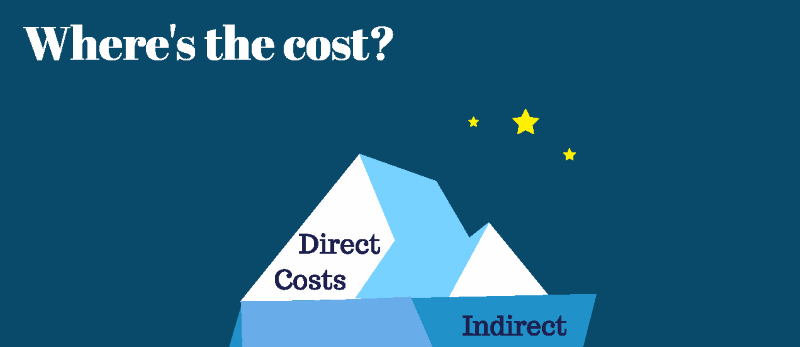
Posted on 11/30/2017 by Austin Gardner
The True Cost of an Accident
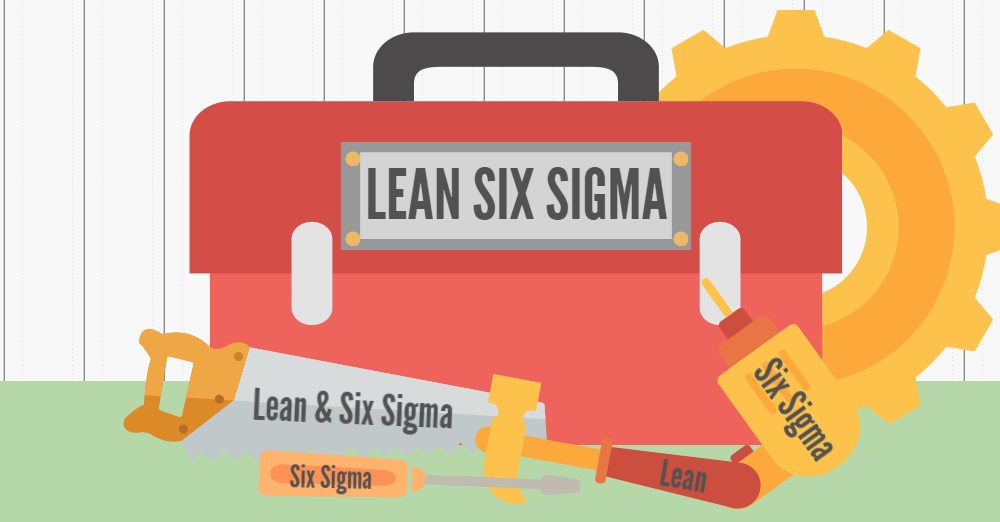
Posted on 12/05/2018 by Allison Opitz